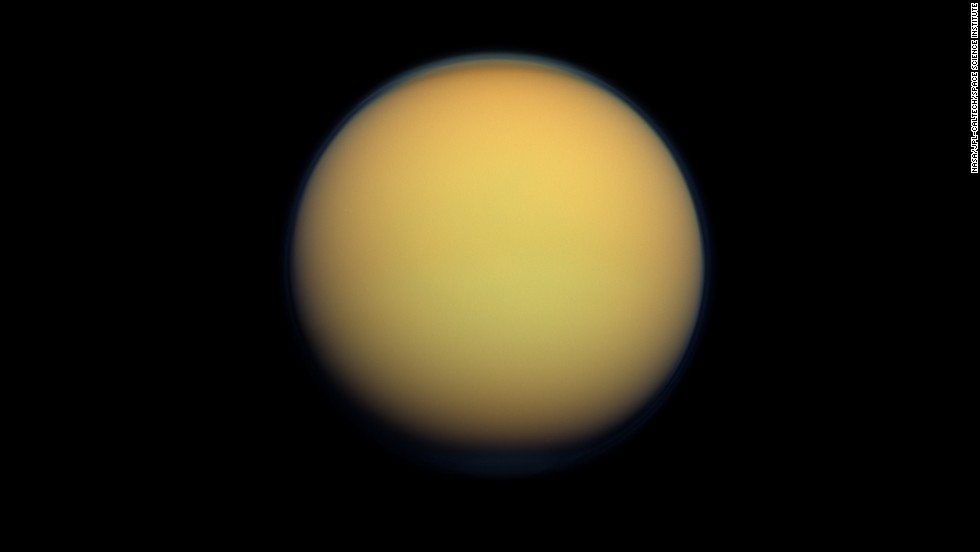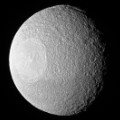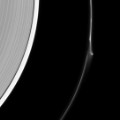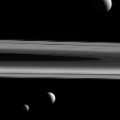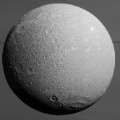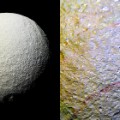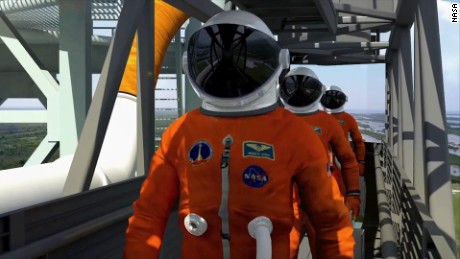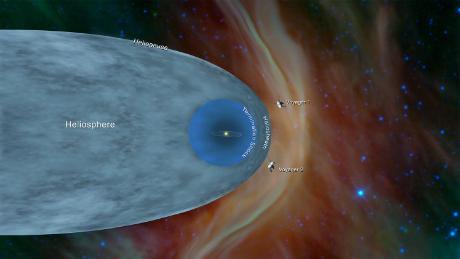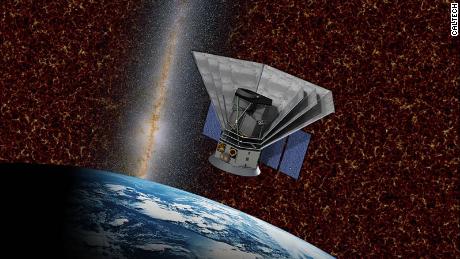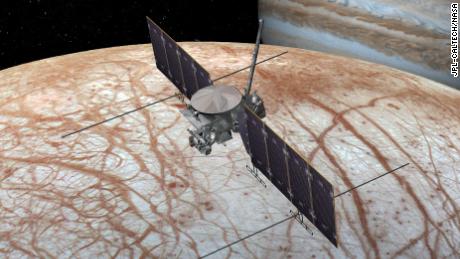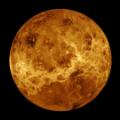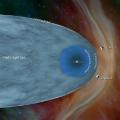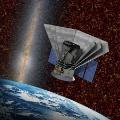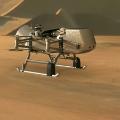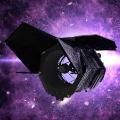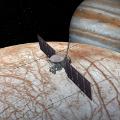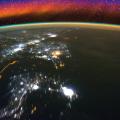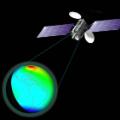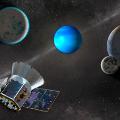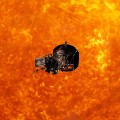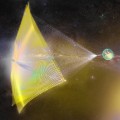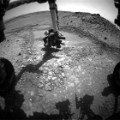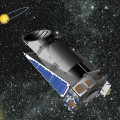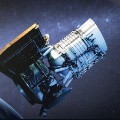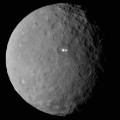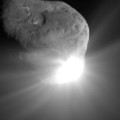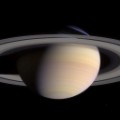Story highlights
- NASA's Cassini spacecraft discovered 36 special cosmic particles near Saturn's orbit
- Scientists concluded that this dust is from outside our solar system
(CNN)NASA just discovered some special particles floating in our cosmic neighborhood.
The Cassini spacecraft, which has been orbiting Saturn since 2004, has detected alien dust that came from outside our solar system.
Scientists suspect that this dust is interstellar in origin because it moves fast and in different directions, compared to the dust found on Saturn, according to a recently published report in the journal of Science. And although this alien dust was faint, it had a distinct signature.
Cassini has been studying the gas giant and its moons. During its tenure, the spacecraft used its cosmic dust analyzer to sample millions of ice-rich dust grains.
Most of the dust grains came from Saturn's moon Enceladus. The moon has a global ocean beneath its icy surface and it has active jets that spray water vapor and other particles into space.
Out of the millions of cosmic particles the spacecraft collected, 36 were special. These were alien dust grains. Scientists concluded that the dust came from interstellar space -- the void that exists between stars.
Scientists have come across alien dust in our solar system before, so the discovery is not unprecedented. In the 1990s, international researchers from the ESA/NASA Ulysses mission made an observation of foreign dust, which was traced back to an interstellar cloud.
"From that discovery, we always hoped we would be able to detect these interstellar interlopers at Saturn with Cassini. We knew that if we looked in the right direction, we should find them," said Nicolas Altobelli, Cassini project scientist at the European Space Agency and lead author of the study.
These microscopic dust particles were traveling at high speed through space when Cassini detected them. They were moving at a rate of 45,000 mph, a speed so fast the dust can essentially avoid being trapped by our sun's gravitational forces.
Unlike previous missions, Cassini was able to analyze the alien dust, which revealed the dust grains were made of minerals, not ice. The composition was primarily rock-forming elements such has magnesium, silicon, iron and calcium.
Stardust found in some meteorites are generally pristine and diverse because they have been preserved since the birth of our universe. But the particles Cassini picked up are not like that.
Instead, these particles pretty much have the same chemical makeup, which is surprising. Scientists theorize that when the dust was created from a dying star, it was destroyed and reformed, shaping similar cosmic particles every time.
"Cosmic dust is produced when stars die, but with the vast range of types of stars in the universe, we naturally expected to encounter a huge range of dust types over the long period of our study," said Frank Postberg of the University of Heidelberg, a co-author of the paper and co-investigator of Cassini's dust analyzer.
Understanding the makeup of interstellar dust can help scientists learn more about how stars, planets and, ultimately, our universe has taken shape.

















